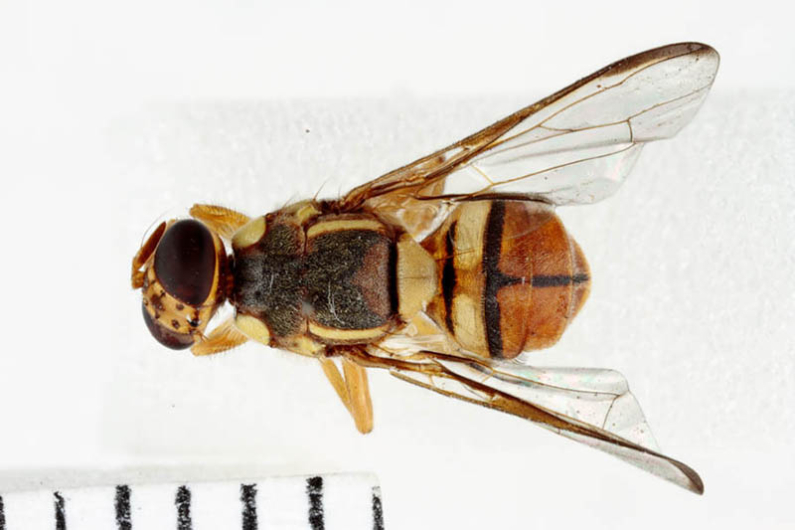
Controls on the movement of fruit and vegetables in and out of Papatoetoe will remain in place until about mid-February.
'This is so we can be confident that we are not dealing with a breeding population. The timeframe is based on scientific advice about the life cycle of the Oriental fruit fly,' says Biosecurity New Zealand’s commissioner north, Mike Inglis.
Click here to see the Controlled Area.
Background
A single male Oriental fruit fly was found in a surveillance trap in the Auckland suburb of Papatoetoe on 3 January 2025.
Biosecurity New Zealand has mounted an operation to determine whether there are more fruit flies.
An area of Papatoetoe is under a Controlled Area Notice. This restricts the movement of certain fruits and vegetables out of the Controlled Area to help prevent the spread of any fruit flies if there are more out there.
Click here to see the Controlled Area.
Stay up to date
Biosecurity New Zealand is leading the response and providing regular updates. Click here to go to Biosecurity New Zealand's website for the most up to date information. Please contact Andrew Bristol on 021 021 62021 if you have any questions or concerns.
About this pest
Oriental fruit fly can affect more than 300 hosts including apple, kiwifruit, citrus, and tomatoes. Adult flies lay eggs into fruit. The young stages (maggots) feed inside the fruit, causing it to rot and become unmarketable.
A population of Oriental fruit fly would cause control costs, production losses, and some countries might stop accepting our exported produce.
Trade/export related frequently asked questions (FAQs)
Biosecurity New Zealand has put together some FAQs in response to questions from exporters. Click here to access these.
